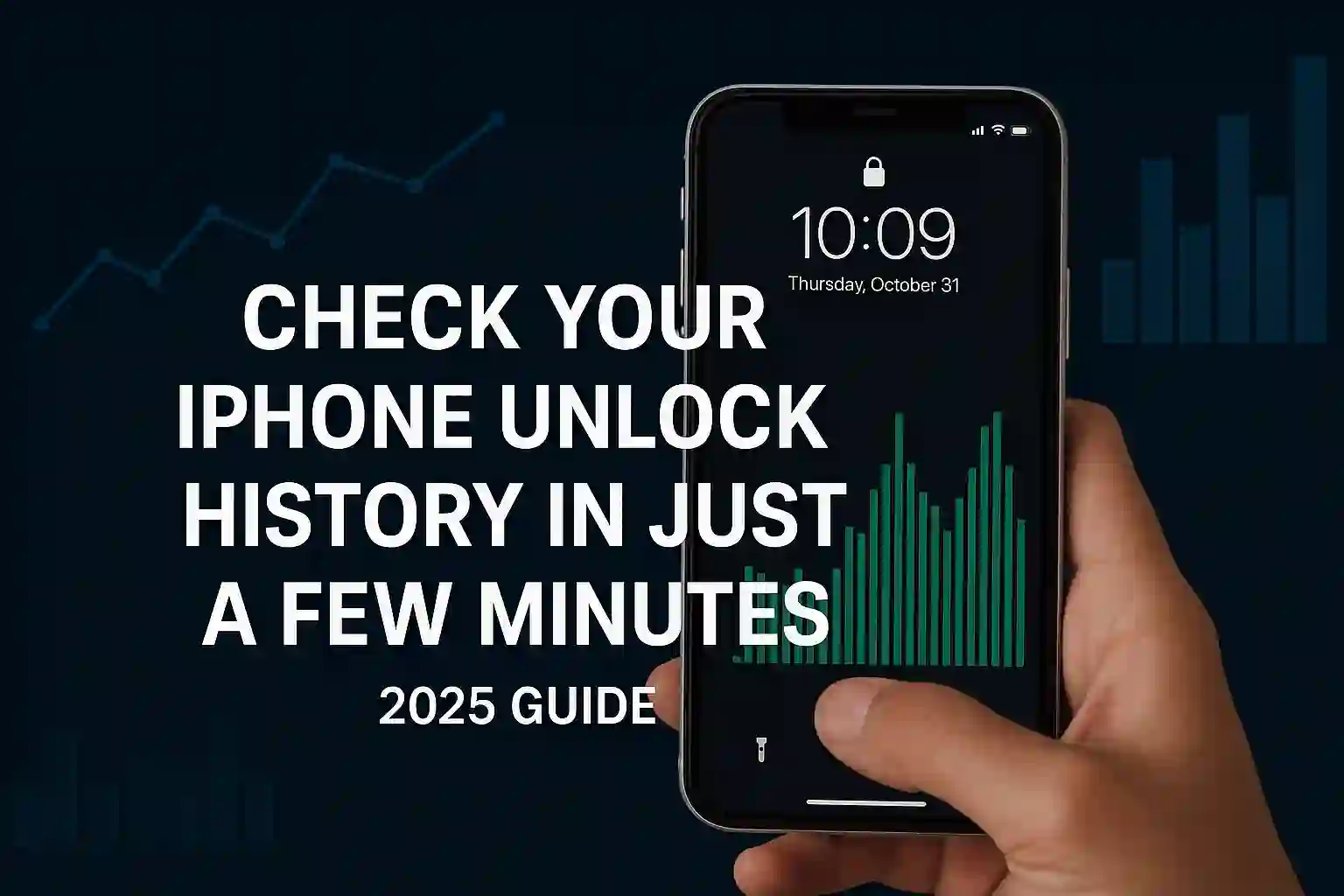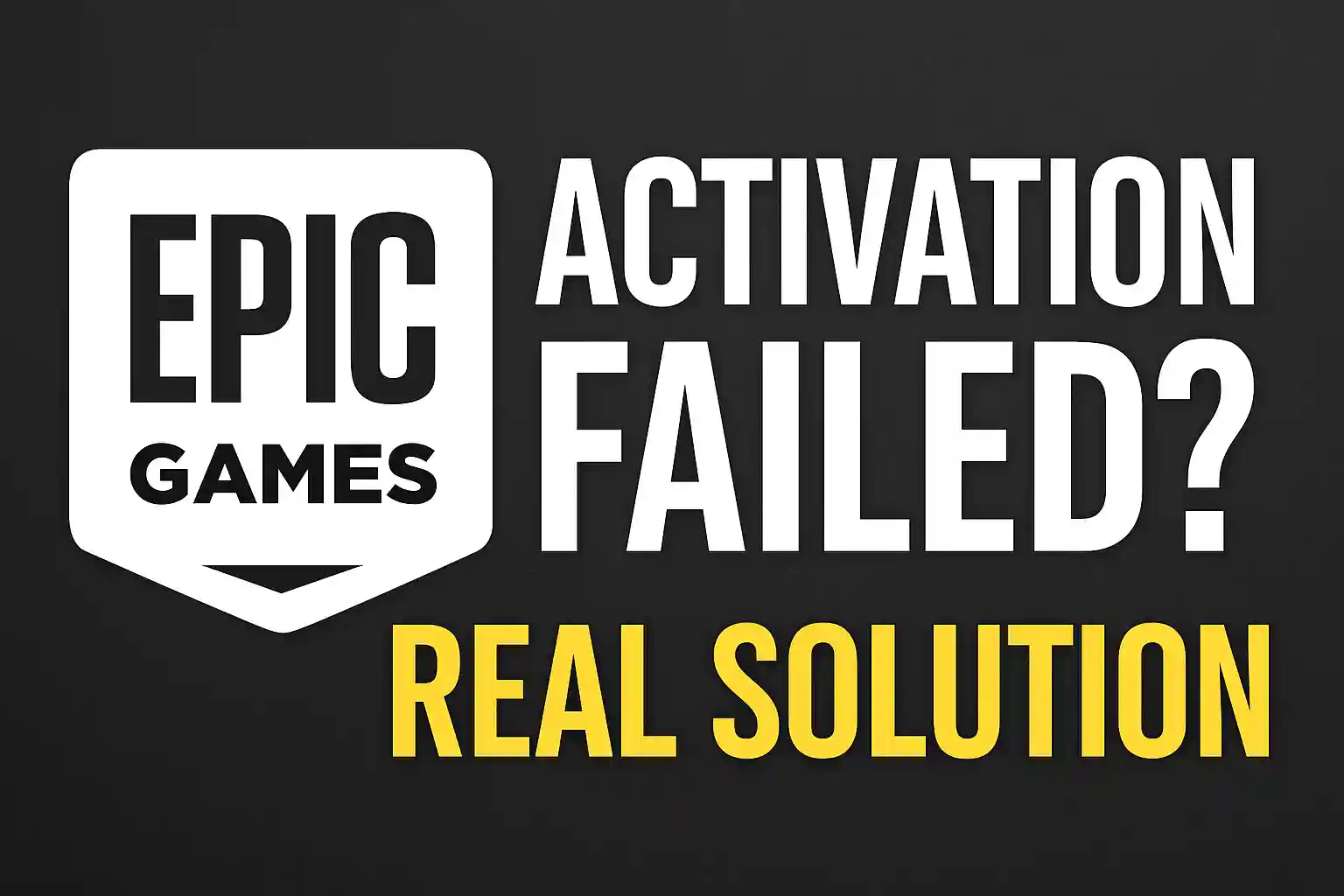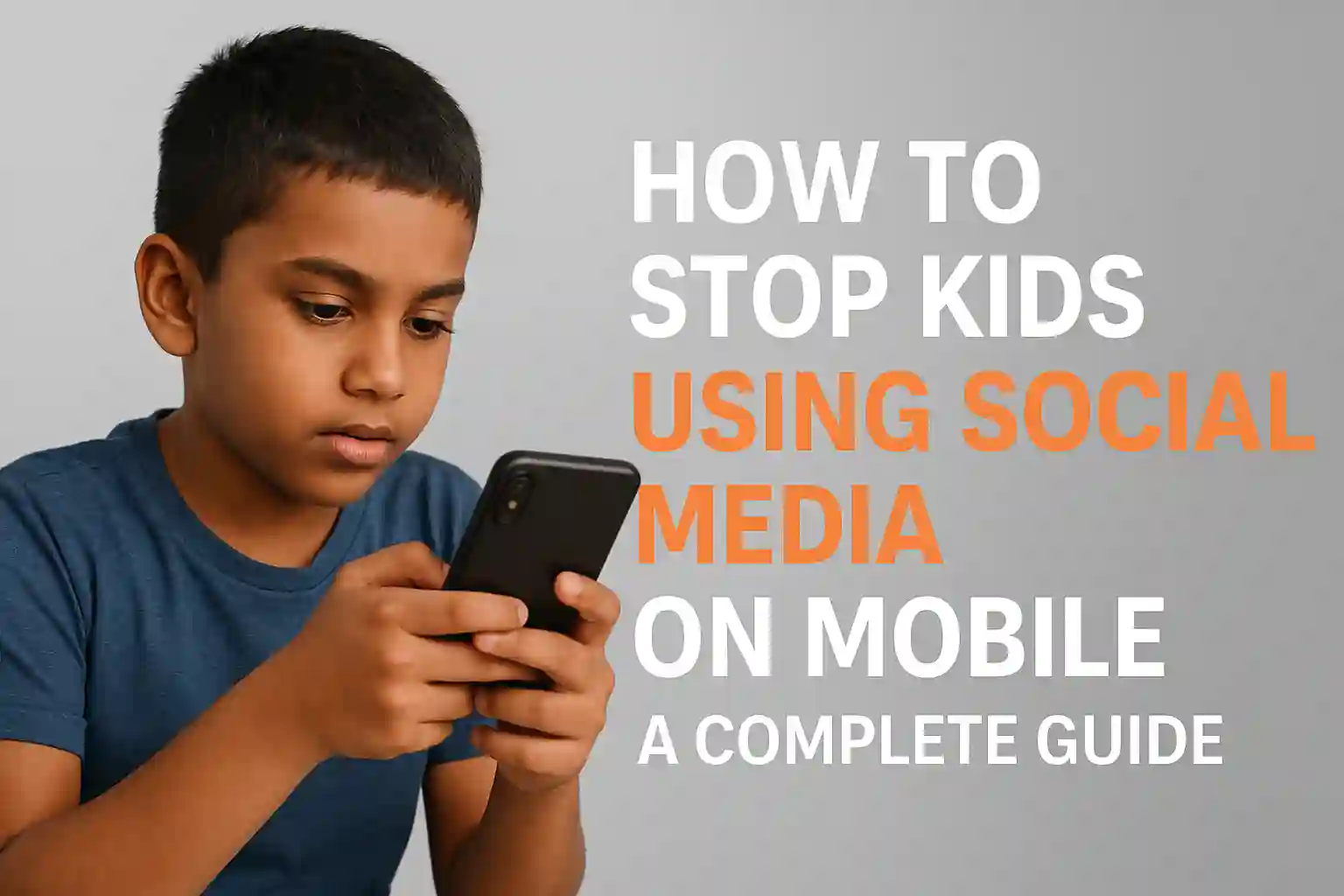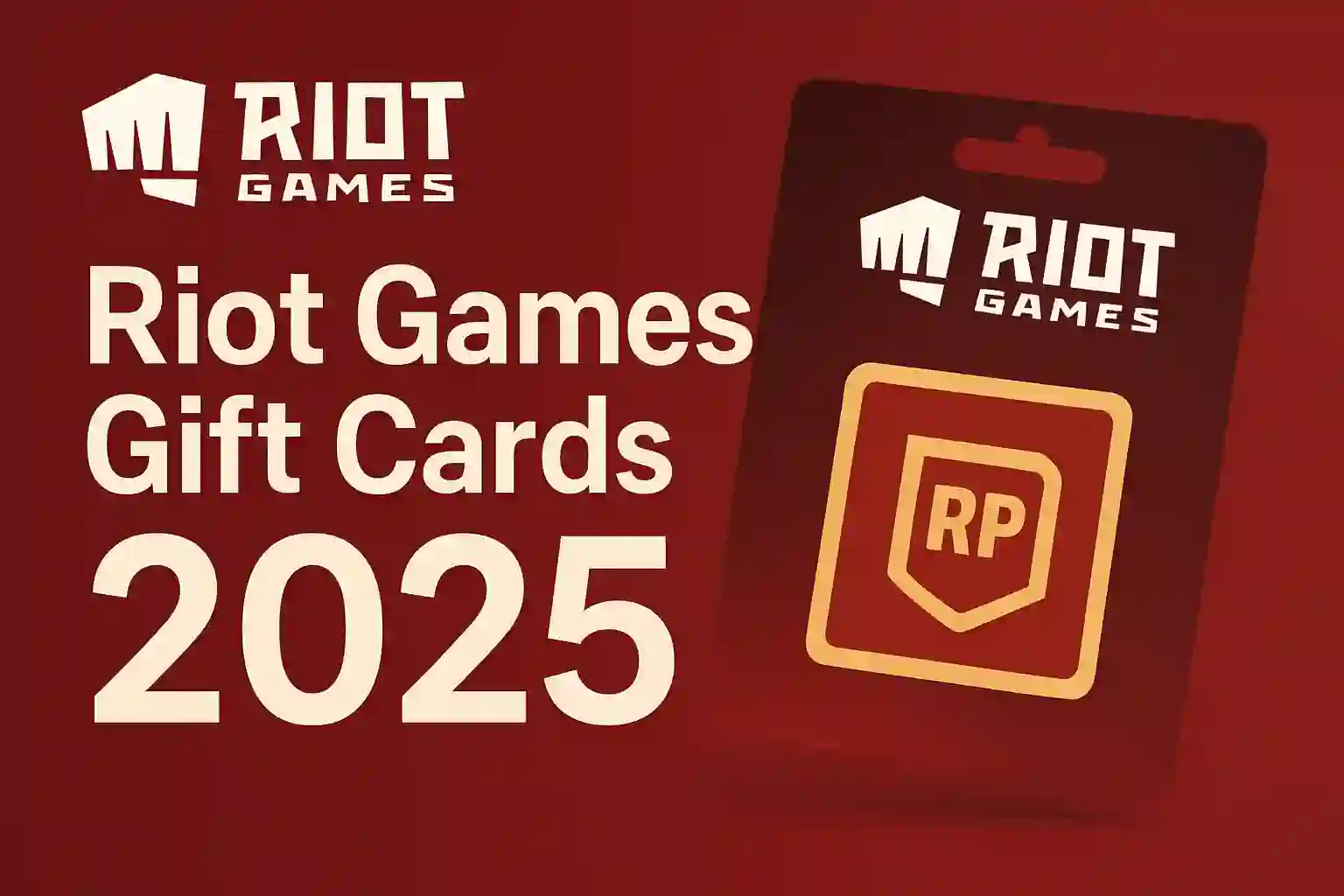How to Generate AI Videos Free: The Ultimate Guide

Table of Contents
ToggleCreating professional videos used to demand expensive cameras, editing skills, and hours of work. Now, automated solutions simplify the process, making high-quality content accessible to everyone.
Many businesses struggle with slow workflows and limited budgets. Modern tools eliminate these barriers by offering intuitive platforms that turn ideas into polished videos in minutes. No technical expertise is required.
From script generation to scene customization, these innovations save time while maintaining creativity. Whether for marketing, education, or social media, streamlined video production is now within reach.
Key Takeaways
- Traditional methods often involve costly equipment and complex editing.
- Automated platforms speed up production without sacrificing quality.
- Customizable templates help tailor videos for specific audiences.
- No prior experience is needed to create engaging content.
- Affordable solutions make professional videos accessible to all.
READ ALSO – 5G Draining Battery? Learn Why & How to Fix It Fast.
What Are AI Video Generators?
Modern platforms transform simple ideas into polished visual stories effortlessly. These tools leverage advanced technology to streamline production, making professional results accessible to everyone.
Understanding the Technology Behind AI Video Tools
Three core technologies power these platforms. Machine learning analyzes patterns to suggest edits, while natural language processing (NLP) interprets scripts for scene alignment. Computer vision generates lifelike visuals from text prompts.
For example, describing a “sunset beach scene” automatically triggers relevant visuals. This eliminates manual searching and speeds up the creative process.
Key Features of AI Video Generators
These tools offer capabilities that simplify video creation:
- Automated editing: Trims clips and adjusts pacing without user input.
- Scene generation: Converts text like “cinematic mountain drive” into dynamic footage.
- Script assistance: Suggests narratives based on keywords or themes.
Customization is equally robust. Users can add voiceovers from multiple options, embed subtitles, and integrate brand logos seamlessly. Platforms like Quso.ai even offer 4+ voice styles, ensuring alignment with diverse audience preferences.
How to Make AI Videos for Free
Producing engaging video content no longer requires complex software or technical skills. Free platforms streamline the process, letting users create video projects in minutes. Follow these steps to maximize results.
Step 1: Select the Ideal Platform
Compare free tiers to match your needs:
- Runway: 125 credits for cinematic effects.
- Pika: Daily refreshes for quick experiments.
- Canva: 50 lifetime credits with watermark-free exports.
Prioritize features like social media scheduling (Quso.ai) or motion brushes (Runway).
Step 2: Craft Your Script
Clear input improves output. For example:
“A bustling café scene with soft jazz music”
Specific prompts trigger accurate visuals. Avoid vague descriptions.
Step 3: Adjust Settings
Tailor your project with:
- Backgrounds (5+ options on Quso.ai).
- Voice styles (4+ variations available).
- Video length (30-90 seconds for social media).
Step 4: Export and Share
Download or schedule directly to platforms. Check for watermarks on free tiers—Canva offers clean exports, while Pika adds branding.
Tip: Fix distorted motion by simplifying scene transitions.
READ ALSO – How Tesla Autopilot Works: The Tech Behind Self-Driving Cars
Top Free AI Video Generator Tools in 2025
Several standout platforms lead the pack in free video generation capabilities. Each offers unique features tailored to different creative needs, from social media posts to cinematic projects.
quso.ai: Social Media Integration Leader
This platform excels for social media content creation. Its built-in scheduler posts directly to 6+ networks, saving hours of manual work.
Key advantages include:
- Gaming-themed backgrounds for niche audiences
- Automatic adaptation to trending formats
- 30-90 second clips optimized for each platform
Runway: Cinematic Quality Specialist
Filmmakers favor Runway’s Gen-3 Alpha model for professional-grade output. The motion brush tool lets creators animate specific elements within scenes.
Standout features:
- Drone-like camera movement controls
- Partial animation capabilities
- Hollywood-grade visual effects
Pika: User-Friendly Option
Beginners appreciate Pika’s intuitive platform. One-click editing modifies specific regions, like changing clothing colors in scenes.
Notable tools:
- Vertical canvas expansion for mobile content
- Daily credit refreshes for continuous testing
- Simplified interface with guided workflows
Canva Magic Media: All-in-One Solution
Canva integrates video creation with its design ecosystem. Users access 16 million stock assets while maintaining brand consistency.
Perks include:
- Brand kit synchronization across projects
- Watermark-free exports on free tier
- Direct publishing to marketing channels
| Platform | Credit System | Best For |
|---|---|---|
| quso.ai | Monthly allowance | Social campaigns |
| Runway | One-time grants | Short films |
| Pika | Daily replenishment | Quick experiments |
| Canva | Lifetime credits | Branded content |
These tools empower creators at all skill levels. Whether producing TikTok clips or documentary previews, there’s a perfect match for every project.
READ ALSO – How to Create AI-Generated Images: Complete Guide 2025
Tips for Creating AI Videos That Stand Out
73% of marketers see better results when videos align with brand identity. To cut through the noise, focus on strategy—not just tools. These techniques ensure your video content resonates.
Start with a Clear Goal
Define success metrics before production. Product demos boost sales, while tutorials educate. Align your video’s purpose with measurable KPIs.
Example: A SaaS company might track sign-ups from demo clips.
Write a Strong Script
Audiences engage with concise messaging. Aim for 120–150 words per minute and weave in SEO-friendly keywords naturally.
“Scripts are the backbone—weak ones collapse under flashy visuals.”
Leverage Custom Branding
Consistency builds recognition. Use hex codes for colors, animated logos, and voice tones that match your brand. Platforms like Canva and quso.ai simplify this.
| Element | Tool | Benefit |
|---|---|---|
| Logo Placement | Canva | Precise positioning |
| Font Styles | quso.ai | 30+ customizable options |
Choose the Right Visuals
Prioritize culturally relevant visuals and platform-specific aspect ratios. Test emotional resonance with A/B thumbnails.
- Instagram: Vertical, vibrant clips.
- LinkedIn: Professional backdrops.
Comparing AI Video Generators: Runway vs. Pika vs. Canva

Not all platforms deliver the same results—some prioritize cinematic flair, while others focus on speed. Understanding these differences helps creators pick the ideal tool for their projects.
Quality and Output Comparison
Runway leads with hyperrealistic textures, perfect for 4-second film teasers. Pika’s vibrant aesthetics suit 3-second viral clips, while Canva excels in repurposing content across formats.
Resolution limits vary: Runway’s free tier caps at 720p, whereas Pika upgrades to 1080p. Canva balances quality with watermark-free exports, ideal for branded content.
Ease of Use and Learning Curve
Runway demands prompt engineering skills for precise results. Pika simplifies the process with one-click edits, like color adjustments. Canva’s drag-and-drop interface is the most beginner-friendly.
“Pika’s daily credit refreshes let users experiment without commitment.”
Best Use Cases for Each Tool
- Runway: Film trailers, drone-like sequences.
- Pika: TikTok ads, quick social snippets.
- Canva: LinkedIn infographic videos, multi-platform campaigns.
Costs differ too: Runway Pro runs $20/month, while Canva Pro costs $12.99/month for teams needing brand consistency.
READ ALSO – How to Avoid Scams on Mobile Payment Apps in 2025
How to Optimize AI Videos for Different Platforms
Tailoring video content for specific platforms maximizes engagement and reach. Each network has unique requirements, from aspect ratios to ideal video lengths. Adapting your strategy ensures your visuals resonate with the right audience.
Social Media: Instagram, TikTok, and Facebook
Short-form videos thrive on these platforms. Instagram Reels benefit from trending audio and text overlays, increasing watch time by 85%. TikTok’s 9:16 vertical format and 60fps motion cater to mobile viewers.
Facebook prioritizes shareable clips. Use captions for sound-off viewing and hashtags sparingly (3–5 max). Pro tip: Quso.ai’s gaming templates perform well with Gen Z audiences.
YouTube and Long-Form Content
YouTube favors polished, longer videos. Structure 90-second clips with chapters for navigation. End screens (using Canva templates) drive subscriptions. Opt for 4K resolution when possible.
Scripts should be detailed yet concise. Marketers repurpose YouTube content into blog posts or podcasts for cross-platform synergy.
LinkedIn and Professional Use
LinkedIn’s 30–90-second thought leadership videos demand a refined approach. Canva’s corporate templates with muted colors and data visualizations work best. Limit hashtags to 1–2 for a clean look.
Voiceovers should be authoritative.
“Professional audiences value insights over flashy effects.”
| Platform | Key Specs | Tool Recommendation |
|---|---|---|
| 9:16, 60fps | Quso.ai (trend integration) | |
| YouTube | 4K, chapters | Canva (end screens) |
| 30–90s, muted tones | Canva (brand kits) |
Advanced Techniques for AI Video Creation
Mastering advanced tools unlocks new creative possibilities in video production. These techniques elevate content quality while saving time, making them essential for professional results.
Using Motion Brush and Camera Controls
Runway’s motion brush transforms static images into dynamic scenes. Simply paint over areas needing movement, like flowing water or swaying trees. This works well for product showcases.
Camera controls add cinematic depth. Adjust angles to simulate drone shots or close-ups. These features create professional effects without expensive equipment.
Extending and Modifying Generated Clips
Pika lets users expand clips seamlessly. Extend 4-second snippets to 10 seconds while maintaining visual consistency. This helps when adapting content for different platforms.
Modify specific elements like colors or textures mid-scene. One-click edits allow quick adjustments without starting over.
Adding Human Voiceovers and Subtitles
Integrate custom voiceovers using ElevenLabs API. Match tone to brand identity with 20+ voice styles. Natural-sounding narration boosts engagement.
Subtitles improve accessibility. Adjust font sizes for mobile screens versus desktop. Proper formatting ensures readability across devices.
- Motion brush: Animate product features in still photos
- Clip extensions: Maintain quality when lengthening scenes
- Voice integration: Sync brand voices with visuals
- Subtitle customization: Optimize for different screens
- Multi-tool workflows: Combine platforms for best results
These editing techniques help creators produce polished content efficiently. Experiment with different combinations to find what works for each project.
READ ALSO – How to Protect Your Data from Cyber Attacks : Expert Best Tips
Common Mistakes to Avoid When Using AI Video Tools
Even with powerful tools at your fingertips, small errors can undermine your final product. Recognizing these pitfalls early saves time and ensures professional results every way you look.
Overloading with Effects
68% of creators use too many transitions, distracting viewers from the core message. Keep effects minimal for maximum impact.
- Limit transitions to 2-3 per 30-second clip
- Avoid flashy filters that reduce clarity
- Use motion graphics sparingly to highlight key points
Ignoring Brand Consistency
Inconsistent branding drops audience recall by 40%. Every element should reinforce your brand identity.
- Verify logo placement in all scenes
- Match color schemes across videos
- Maintain uniform voice tones for narration
“Three consistent brand elements boost recognition by 3.5x”
Neglecting Platform-Specific Requirements
Each network has unique needs. Adapting your process prevents awkward cropping or poor playback.
- Check aspect ratios before exporting
- Confirm maximum length restrictions
- Optimize file sizes for faster loading
Robotic voiceovers in emotional stories create disconnect. Test different tones to find the perfect match.
Future Trends in AI Video Generation

The landscape of automated video creation is evolving rapidly, with groundbreaking advancements on the horizon. Tools are becoming smarter, faster, and more intuitive, addressing current limitations like short clip lengths and inconsistent characters.
Longer and More Coherent Scenes
Early tools like Sora maxed out at 20-second clips. By 2026, expect scenes lasting 2+ minutes with seamless transitions. Updates will enhance:
- Narrative flow: Reduced “jumps” between frames.
- Context retention: AI remembers object placements across shots.
Improved Character Consistency
Digital personas will maintain appearances and mannerisms throughout videos. LTX Studio’s engine and InWorld AI lead this shift, enabling:
- Clothing/hair consistency across angles.
- Emotionally expressive facial animations.
AI-Powered Editing Suggestions
Platforms will analyze audience retention data to recommend cuts. Canva and Runway are testing real-time collaboration, while Spline AI integrates 3D assets into 2D production.
| Trend | Tool | Impact |
|---|---|---|
| Extended scenes | Sora | Cinematic storytelling |
| Character engines | InWorld AI | Brand mascot continuity |
| Auto-editing | Runway | Faster post-production |
These innovations will redefine video generation, making high-quality creation accessible to all skill levels.
Leverage AI Videos to Level Up Your Video Marketing
Businesses now harness automated video creation to enhance engagement and cut costs. 62% of SMBs report higher conversion rates using these tools, while Canva users save 11 hours per month. This shift makes professional-grade marketing accessible to companies of all sizes.
Strategic Advantages for Organizations
Key performance metrics demonstrate why enterprises adopt this approach:
- 50% cost reduction compared to traditional video production
- 3x faster campaign launch cycles
- 42% higher social media retention rates
Global campaigns benefit from tools like quso.ai’s auto-translate. B2B companies use personalized demo videos to increase lead quality by 28%.
Proven Success Stories
A fashion brand achieved 300% Instagram engagement growth using Pika-generated clips. Their strategy combined:
- Trend-responsive templates
- User-generated testimonials
- Platform-optimized durations
“Our AI-powered tutorial series reduced customer support queries by 37%” – SaaS company CMO
Local restaurants now create weekly specials videos in under 20 minutes. This demonstrates the technology’s scalability across industries.
Conclusion
Modern tools make professional video production accessible to everyone. Whether prioritizing speed (quso.ai), cinematic quality (Runway), or versatility (Canva), each platform serves unique needs.
Align your choice with campaign goals. Test different approaches—Pika’s daily credits allow low-risk experimentation. Emerging features like voice cloning will further streamline the process.
Ready to start? Explore quso.ai’s free tier for social media projects or Runway’s motion brush for advanced effects. This guide equips you with everything needed to elevate your creation workflow.
FAQ
What are the best free AI video generators available?
Top free tools include quso.ai for social media, Runway for cinematic quality, Pika for ease of use, and Canva Magic Media for all-in-one design.
How do AI video generators work?
These tools use machine learning to turn text, images, or scripts into dynamic clips. They analyze inputs to create visuals, motion, and even voiceovers.
Can I customize AI-generated videos for my brand?
Yes. Most platforms allow adding logos, fonts, and color schemes. Advanced tools like Runway offer motion brush and camera controls for deeper edits.
Are AI-generated videos suitable for professional marketing?
Absolutely. Businesses use them for ads, tutorials, and social campaigns. Case studies show improved engagement when tailored to platform specs.
What mistakes should I avoid when creating AI videos?
Overloading with effects, ignoring brand consistency, and neglecting platform requirements (like aspect ratios) can hurt performance.
How can I optimize AI videos for YouTube vs. TikTok?
YouTube favors longer, detailed content (16:9 ratio). TikTok needs short, vertical clips (9:16) with quick hooks and trending audio.
Will AI video tools replace human creators?
No. They assist with production but still need human input for scripts, branding, and strategic direction to stand out.
What future trends are shaping AI video generation?
Expect longer coherent scenes, better character consistency, and AI-powered editing suggestions to streamline workflows.






